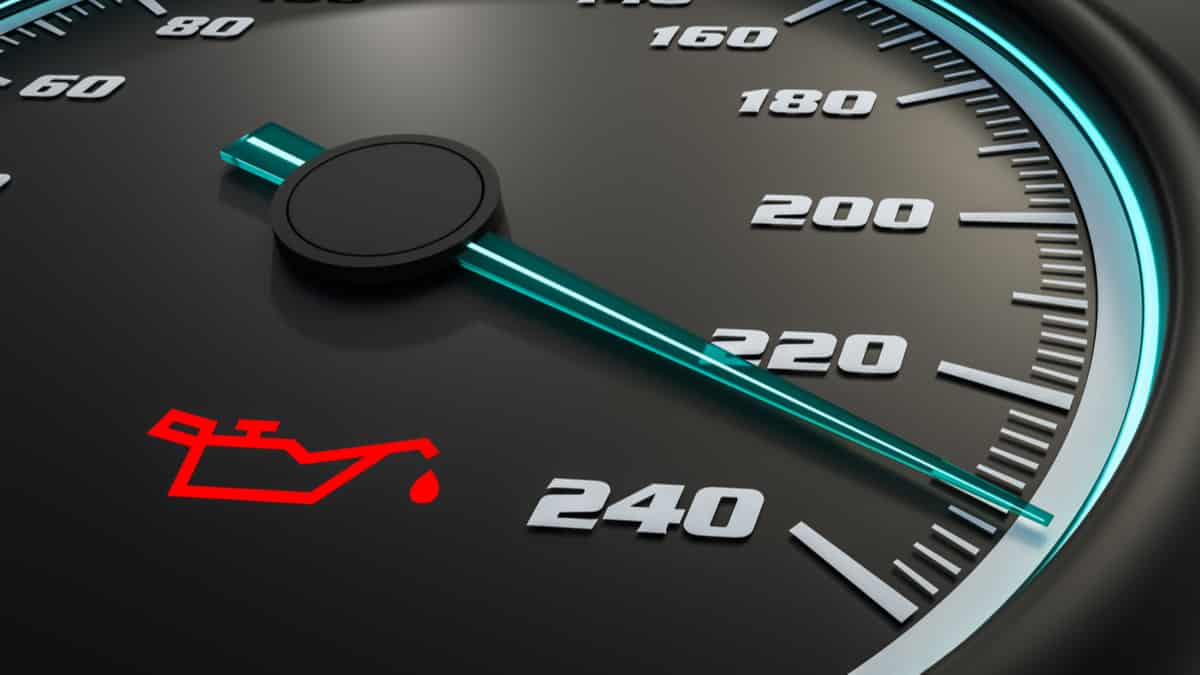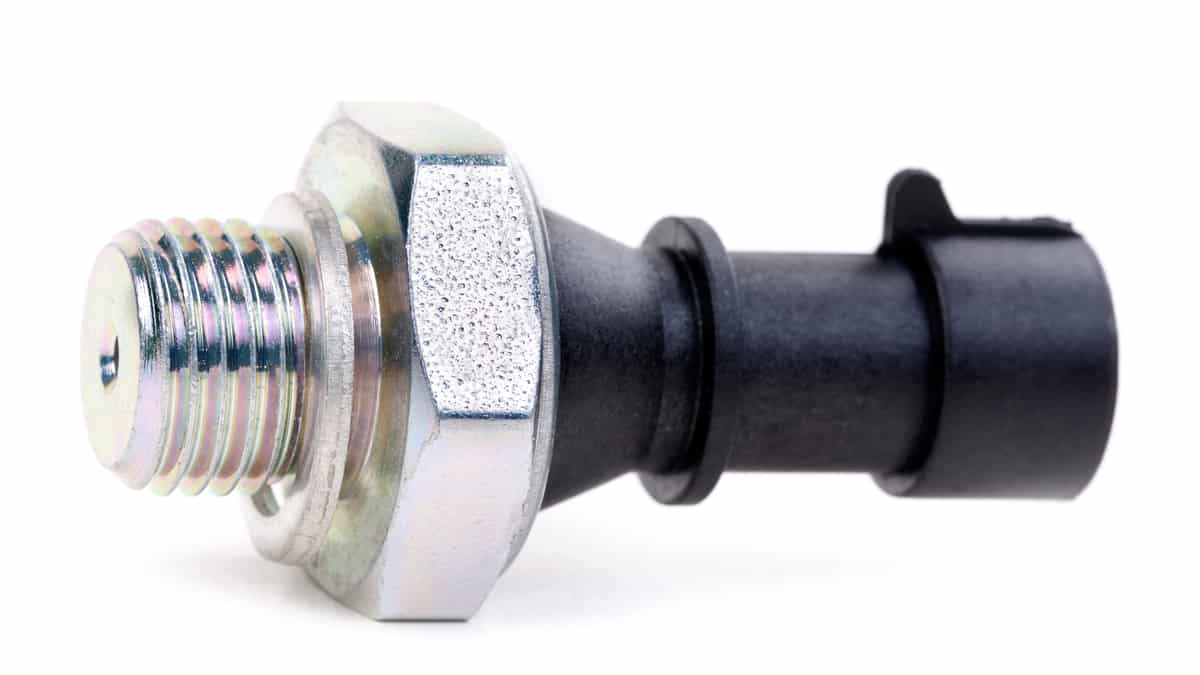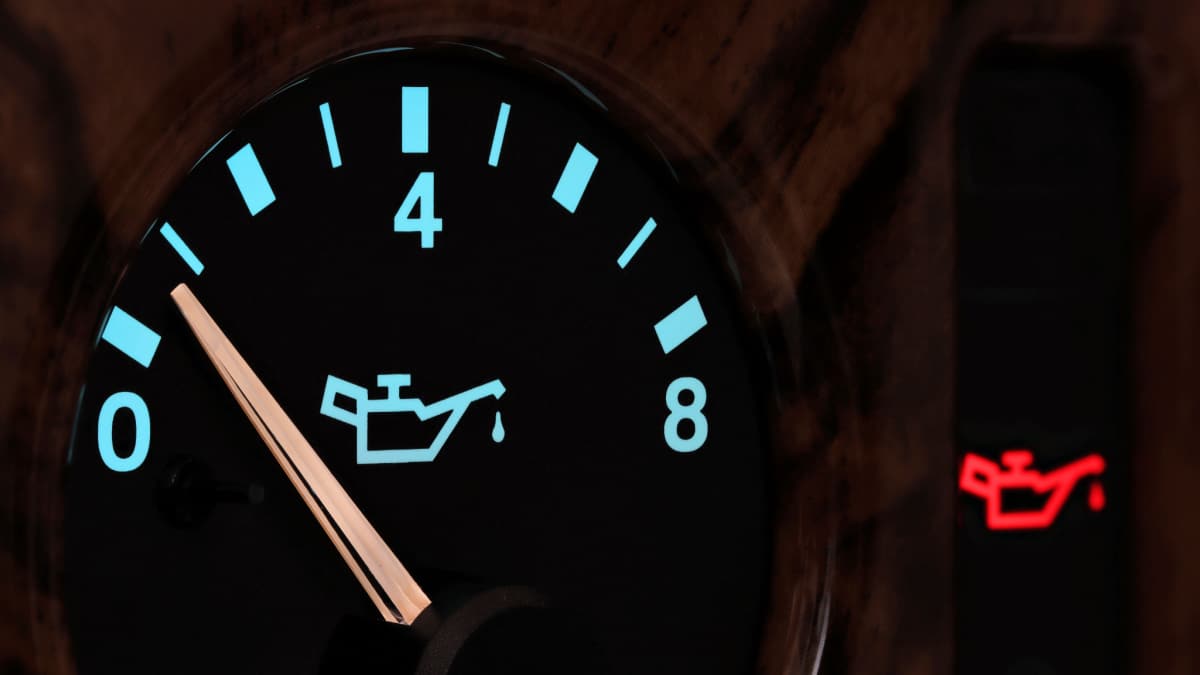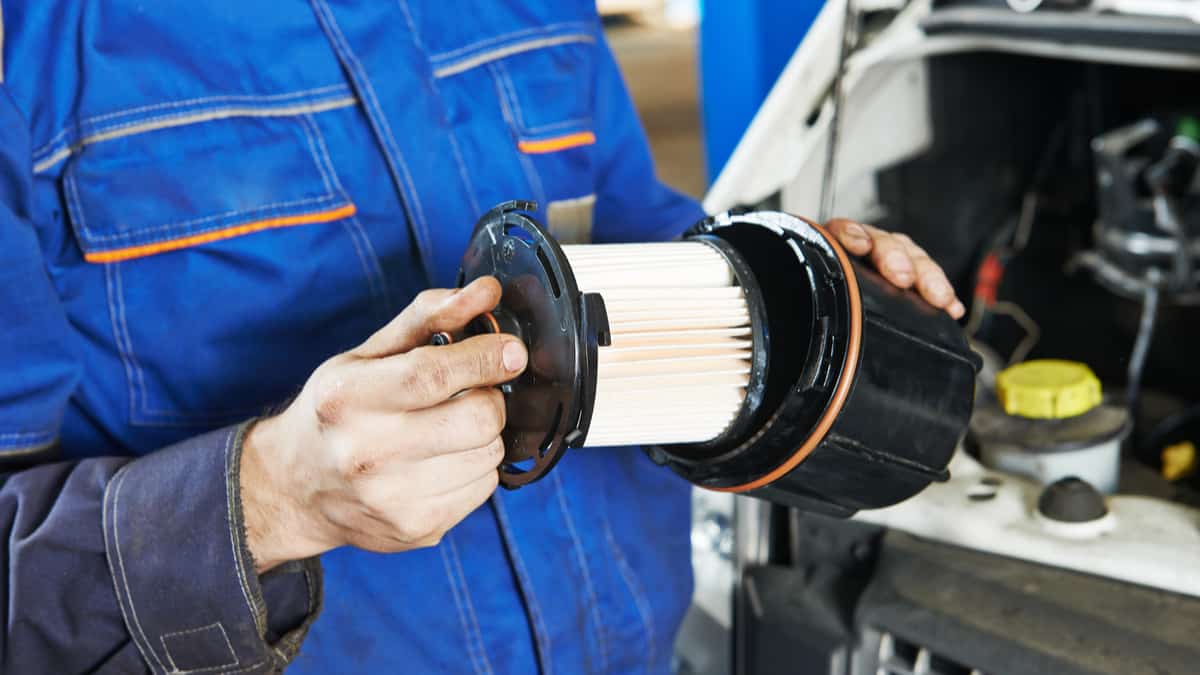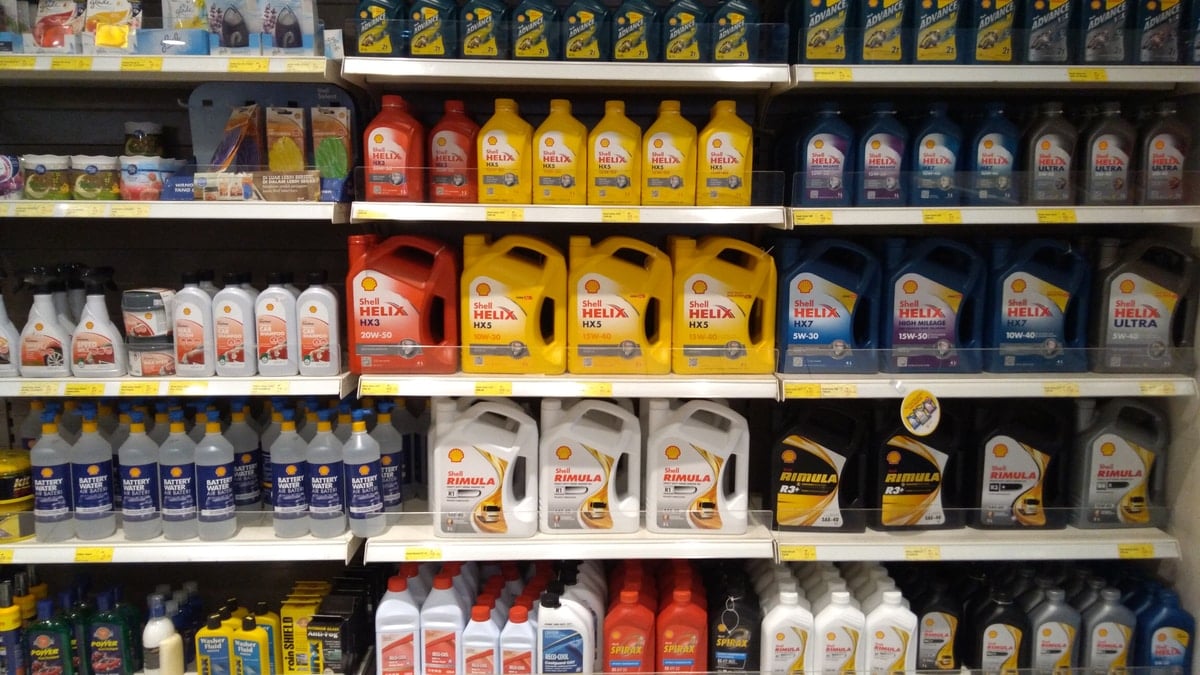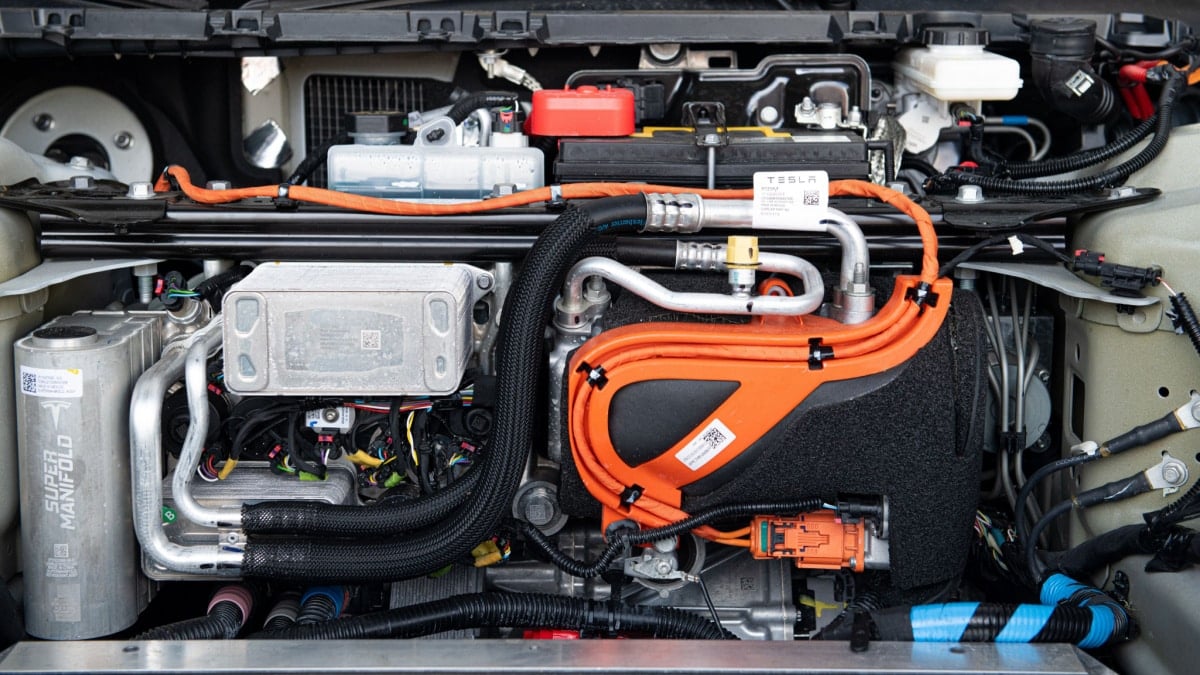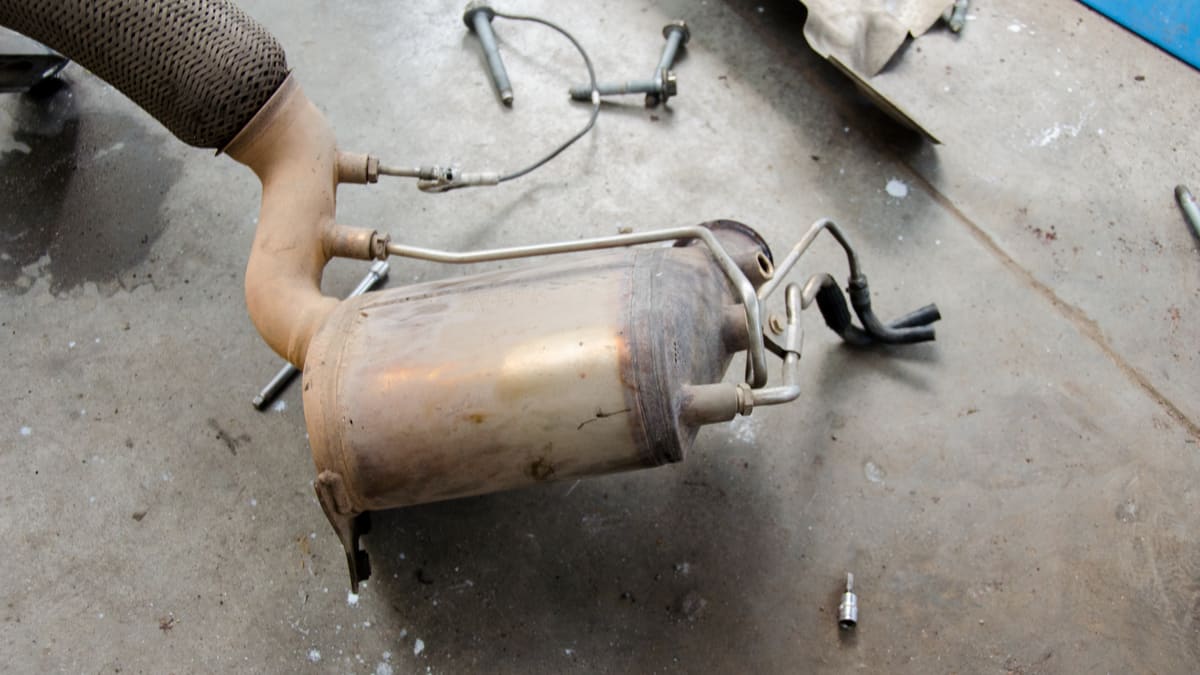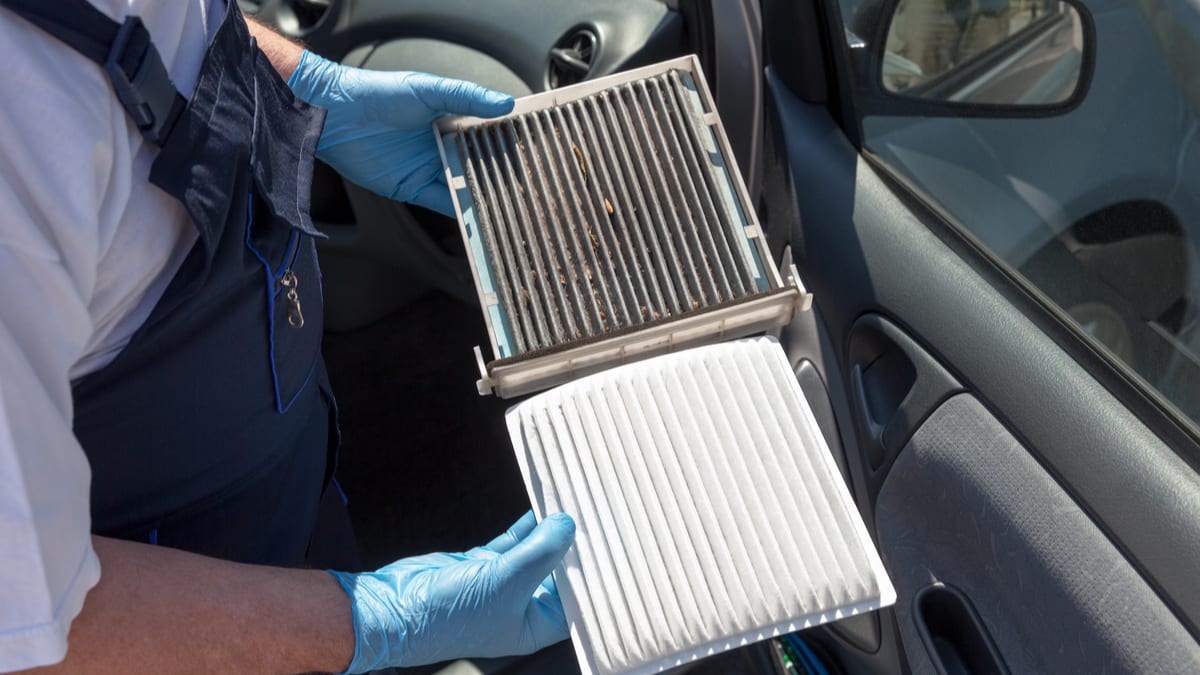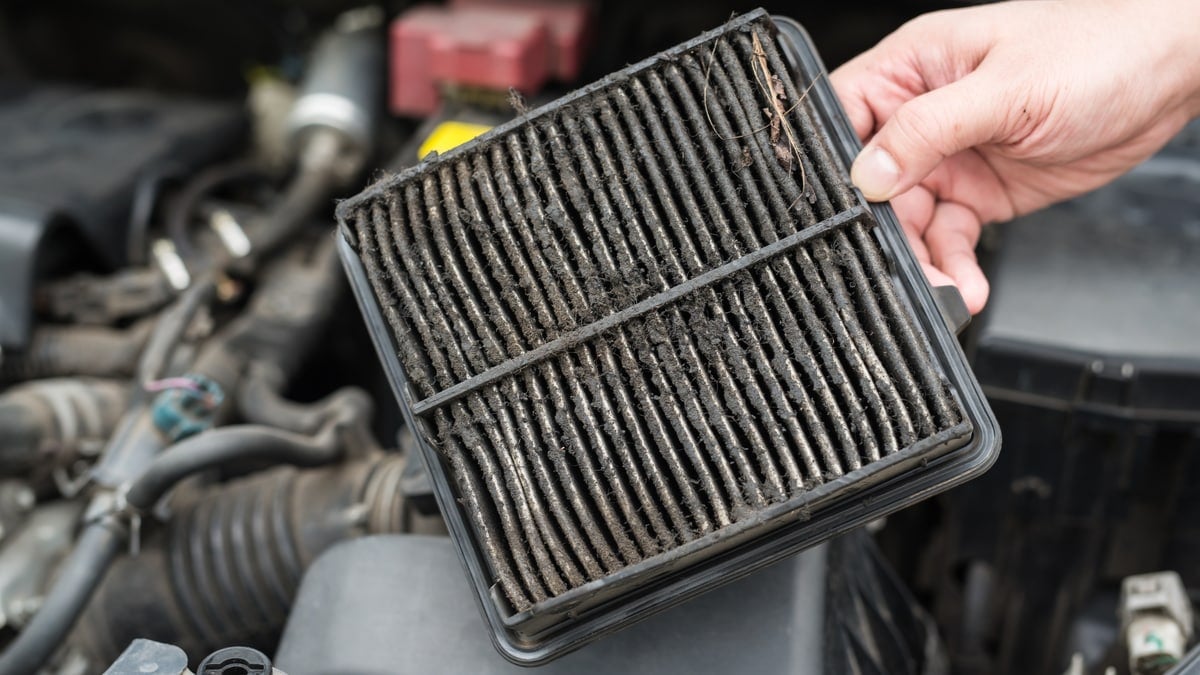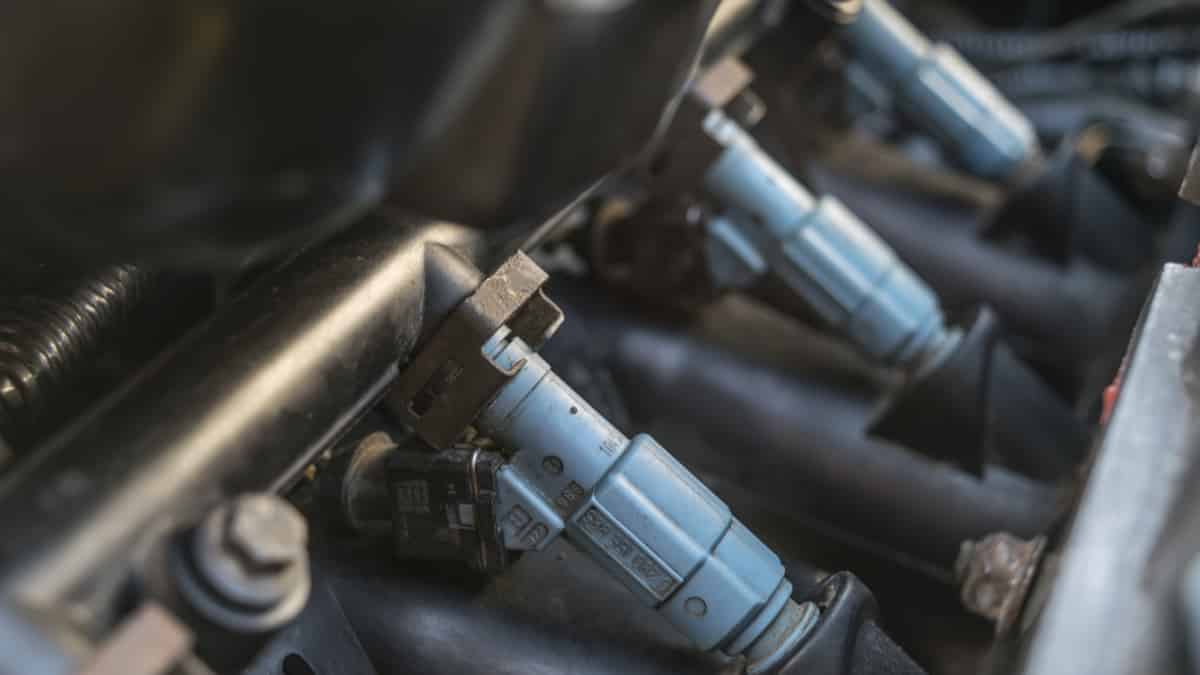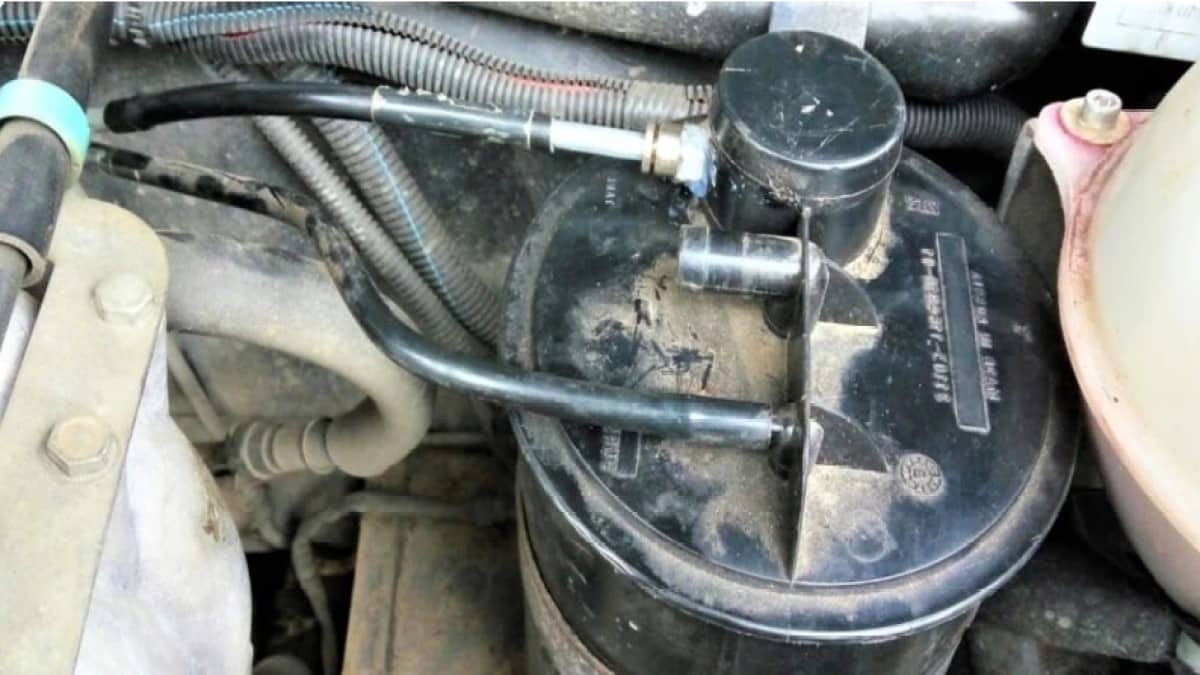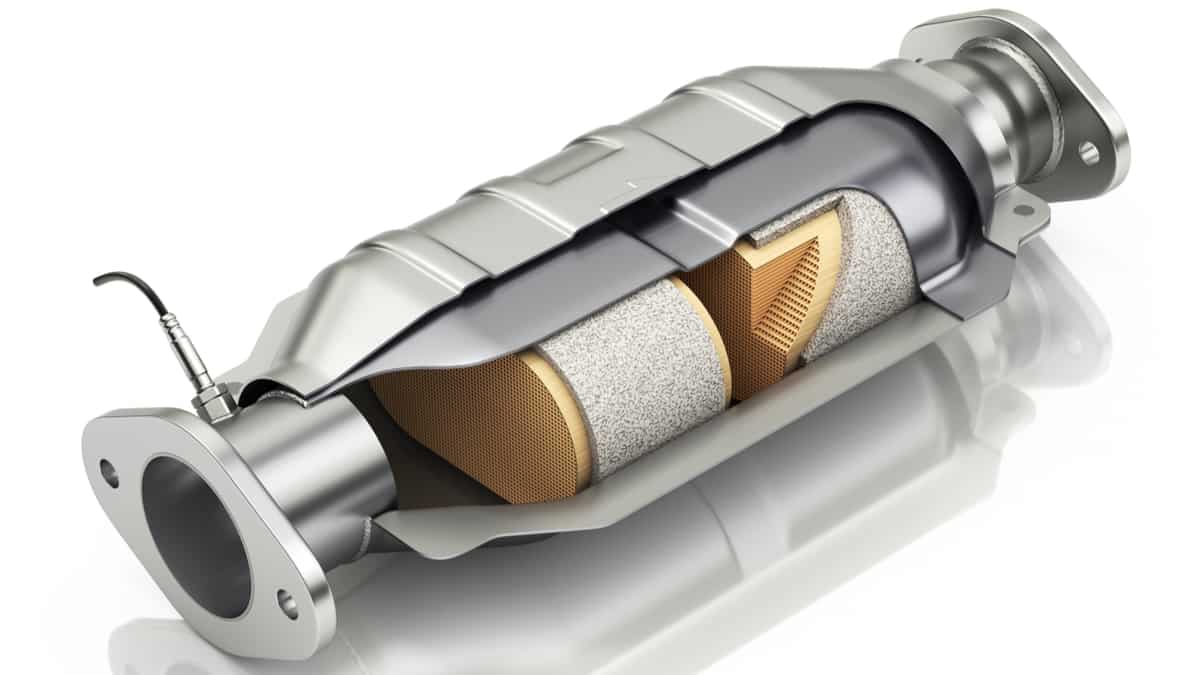The oil filter is responsible for keeping the motor oil clean in your car’s engine. If you have a clogged or bad oil filter, it can no longer perform its job, thereby leaving your engine at risk for failure. That’s why it is important to understand the symptoms of a bad or clogged oil filter before problems begin.
To help you prolong the life of your car engine, I review bad oil filter warning signs. I also look at the role of the oil filter, examine its location, and show you how much the replacement might cost. Let’s begin with a quick look at the signs to look for.
Symptoms Of A Clogged or Bad Oil Filter
The most common symptom of a bad or clogged oil filter is an oil pressure warning symbol on your dashboard. You may also notice more noise coming from the engine at idle or during acceleration. A stalling engine is also a sign, but if that happens, it could be too late already.
Here is a more detailed list of the signs of a bad or clogged oil filter to look for:
1. Oil Pressure Warning symbol on dashboard
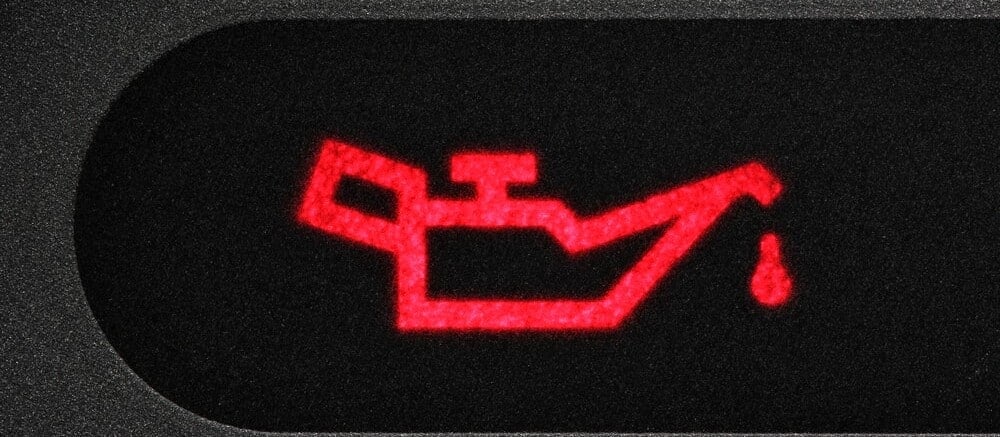
Without oil pressure in your engine, it will not last for long. Therefore, all car models have an oil pressure warning light which will show up on your dashboard if the oil pressure is too low. Low oil pressure is fatal to your engine.
If you have noticed a red oil warning light on your dashboard, it is definitely time to check it directly. If you continue to drive your car without addressing this problem, you will likely face some very expensive repair costs. In most cases, you will have to replace the entire engine.
If the warning light only appears sometimes, it can also be a sign of low oil pressure caused by a bad or clogged oil filter.
RELATED: 10 Causes of Why Your Oil Pressure Light is On
2. Low Oil Pressure
Your vehicle might also have an oil pressure gauge that shows you the levels your engine is operating on. If you see that the oil pressure is lower than usual, it is definitely time for concern.
If the oil pressure begins to drop while you are driving, this is cause for alarm. Continuing to drive with low oil pressure can lead to complete engine failure. You should pull over and check the oil levels immediately. If there is enough oil in the system, the dirty filter could cause a restriction, or there could be a malfunction with the oil pump.
RELATED: 4 Symptoms of Low Oil Pressure
3. Noisy Engine
When oil can’t flow around the engine due to a clogged oil filter, the metal components begin to grind together due to an excessive amount of friction. These metal-on-metal noises make for a very noisy engine.
Allowing continued metal-to-metal contact is going to create a lot of wear on the engine. Left unchecked, it will turn into engine damage, which is an expensive repair.
4. High Oil Pressure
A clogged oil filter can actually also cause high oil pressure if the oil pressure sensor is measuring the oil pressure before the oil filter.
High oil pressure is far from being as bad as low oil pressure for the engine, but it can still cause significant problems. For example, gaskets might begin to leak oil. If you have noticed that there are external oil leaks coming from the engine or the oil filter, it may be caused by a bad oil filter.
Most car models will also show the oil pressure warning light when the oil pressure is too high, so keep in mind that you may be dealing with either too high or too low oil pressure when you see the oil pressure light.
RELATED: High Oil Pressure Causes & Symptoms
5. Stalling engine
Because low oil pressure is so fatal for the engine, many modern car models have a safety switch that will shut off the car engine if the oil pressure is too low while running.
If your engine stalled and you see the oil pressure warning light when you start the engine again, it can definitely be a good idea to check the oil filter.
RELATED: 10 Best Oil Filters – Review & Buyer’s Guide
Oil Filter Location
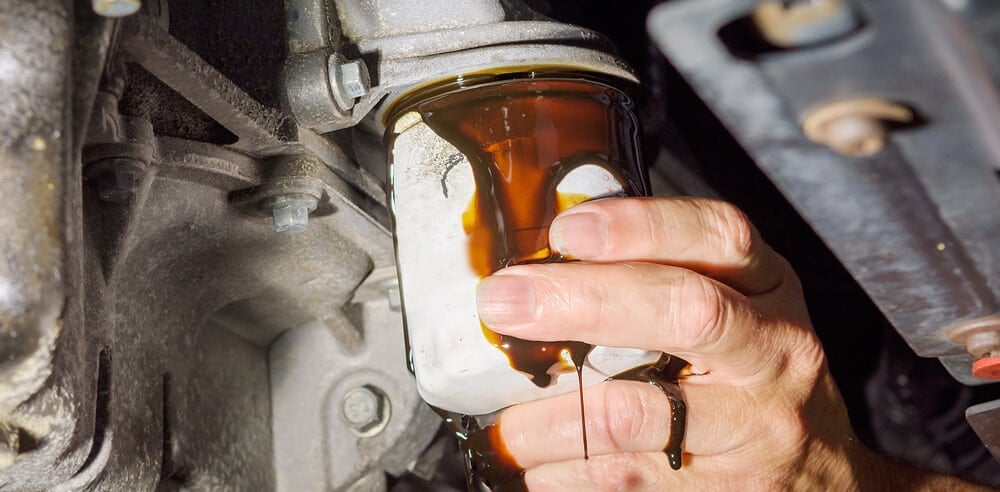
The oil filter location varies based on the type of vehicle you drive. Sometimes, you can only get to the oil filter from underneath the car. In this case, you might need to remove the splash shield or skid plate to access it.
Other vehicles allow you to reach the oil filter from above the vehicle. If you aren’t sure, it’s best to check your owner’s manual for a diagram.
Additionally, oil filters come in several designs. Your vehicle might have a replaceable filter that fits in a plastic housing, or it could be a screw-on canister made from metal.
The Function of an Oil Filter
The car’s oil filter is responsible for filtering out contaminants and keeping the oil flowing properly. The clean oil filter traps all of the harmful dirt, metal, debris, and contaminants that are trying to infiltrate the engine oil. Without this filter, the particles will get into the engine and cause damage. With the right oil filter, the engine stays cleaner, ensuring it lasts longer.
Additionally, the oil filter is responsible for keeping the oil where it belongs. Oil enters and moves through the filter via that tapping plate. This plate appears as a hole with smaller ones around it. The motor oil travels into the smaller holes through the filter media and comes back out the center hole. As the oil moves through the filter media, contaminants are trapped.
When the motor isn’t running, the anti-drain back valve ensures oil doesn’t seep into the filter from the engine. There might also be a relief valve, which allows a small discharge of unfiltered oil into the engine when the weather is cold and it needs an added boost. All of these vital parts ensure the oil is flowing as needed, unless the filter is clogged.
Clogged Oil Filter Replacement Cost
Oil filters cost between $10 and $20, making it one of the least expensive parts in your vehicle. Because of the low cost, it only makes sense to ensure that regular oil filter replacement is part of your maintenance routine.
Changing an oil filter is simple enough to do at home during your oil change. However, if you need to get a professional oil and filter change, you could look at spending $30 to $75 for a conventional oil and filter change, or around $60 to $125 for a synthetic oil and filter change.
For the cost, you should always replace the oil filter at the first sign of trouble. Replace the filter with every oil change, even if you aren’t noticing any problems. This simple task could save your engine from catastrophic damage, so it should never be ignored.
Can a clogged oil filter cause rough idle?
Yes. If the oil pressure is low, there is a possibility that the hydraulic valves or camshaft tensioners will not work properly, which can cause a rough idle. However, a noisy engine is a more common sign of a clogged oil filter.
Can a clogged oil filter cause a car not to start?
Yes. A clogged oil filter can cause problems with the camshaft timing or the hydraulic valves, which can cause starting problems. If you have driven too far with low oil pressure, there is also a risk that your engine will seize due to low oil pressure.
How often should you change the oil filter?
The oil filter should be replaced every time you do an oil change on your engine. This is usually every 6,000 to 18,000 miles, depending on the car model. Check your car’s service manual for the correct service schedule.
Does a bad oil filter affect performance?
Yes. A bad oil filter can cause problems with the camshaft timing or hydraulic valve, which can cause performance problems. But in this case, you will most likely see a check engine light on your dashboard, as well.
Categories: Engine Oil

